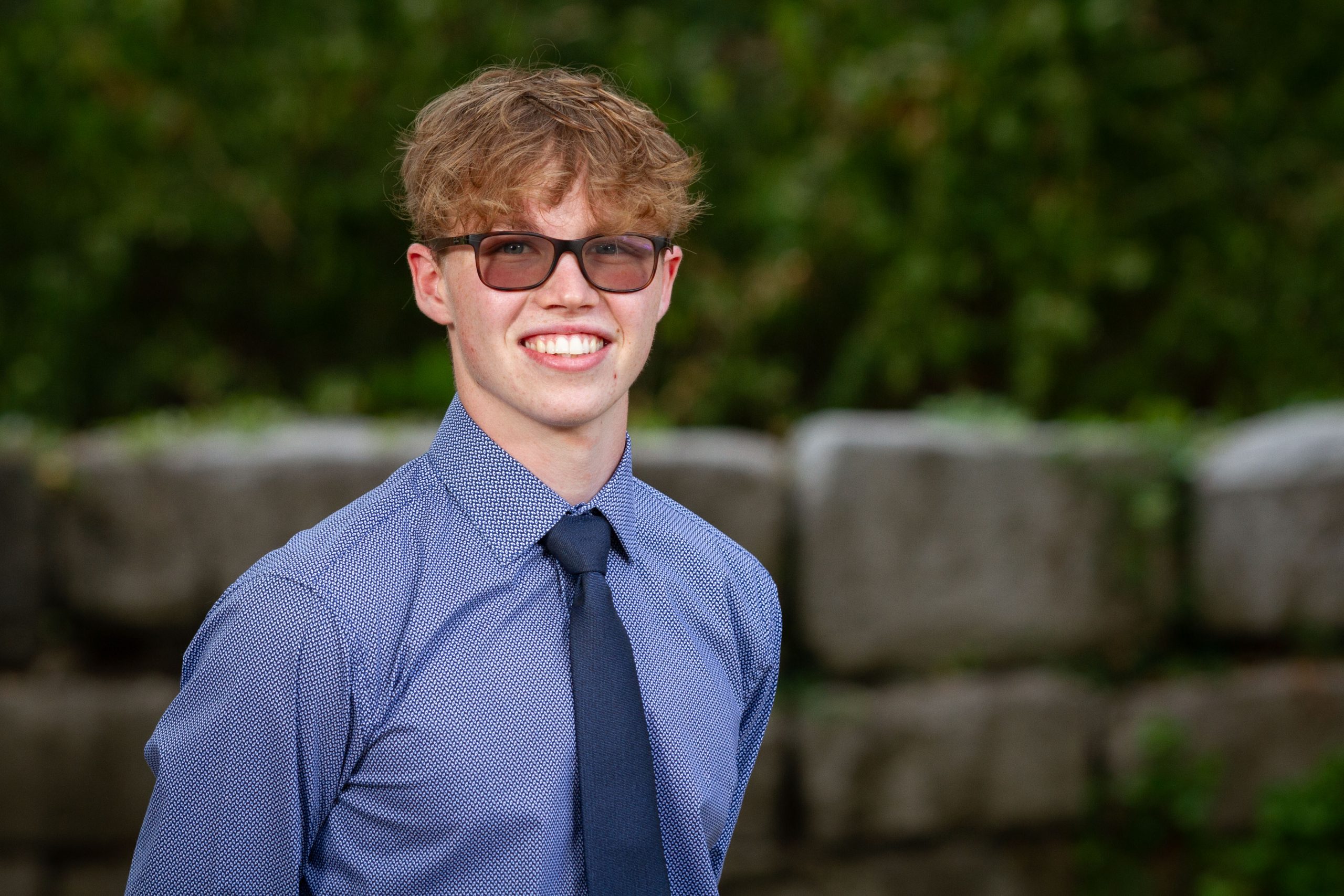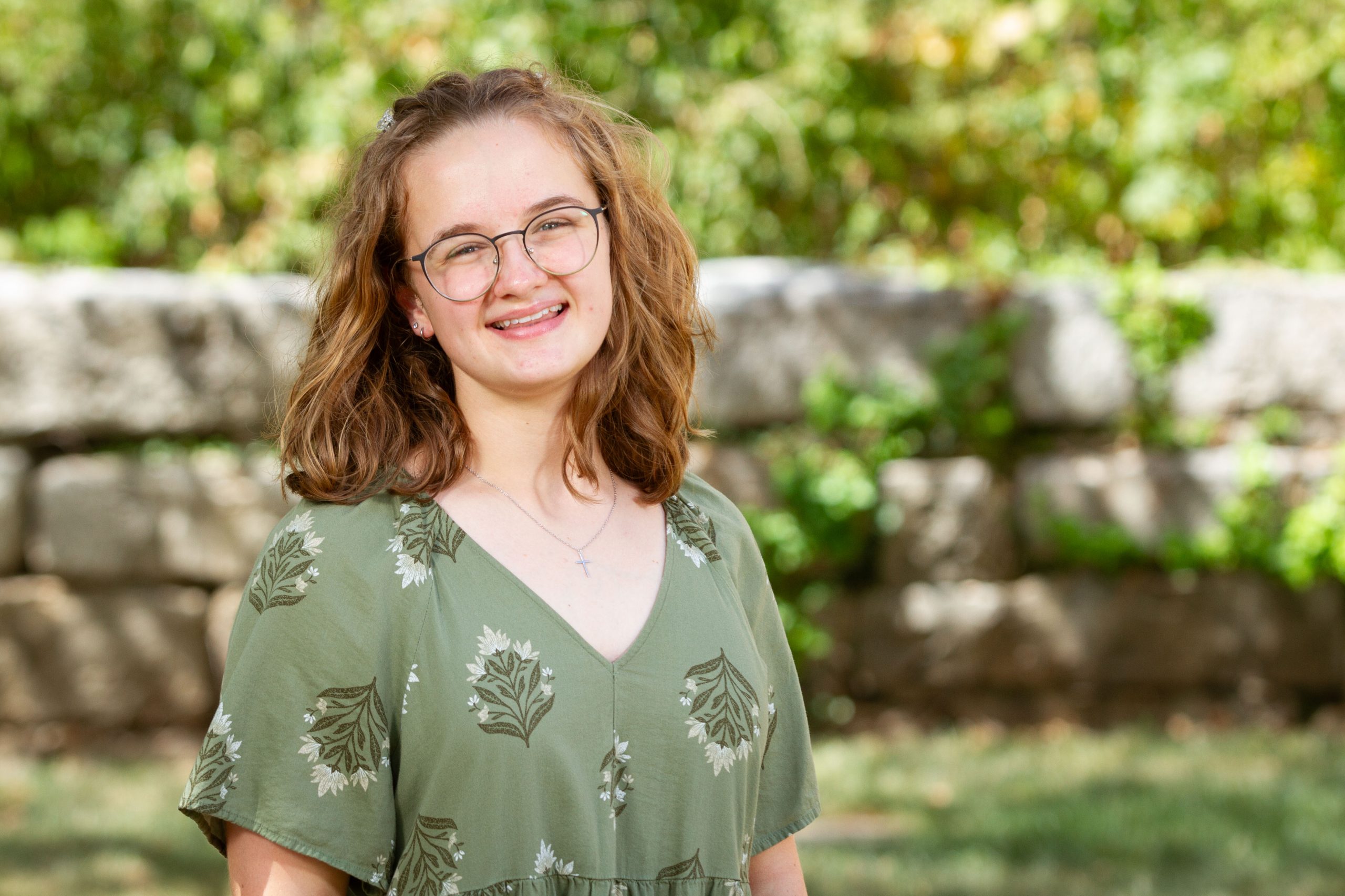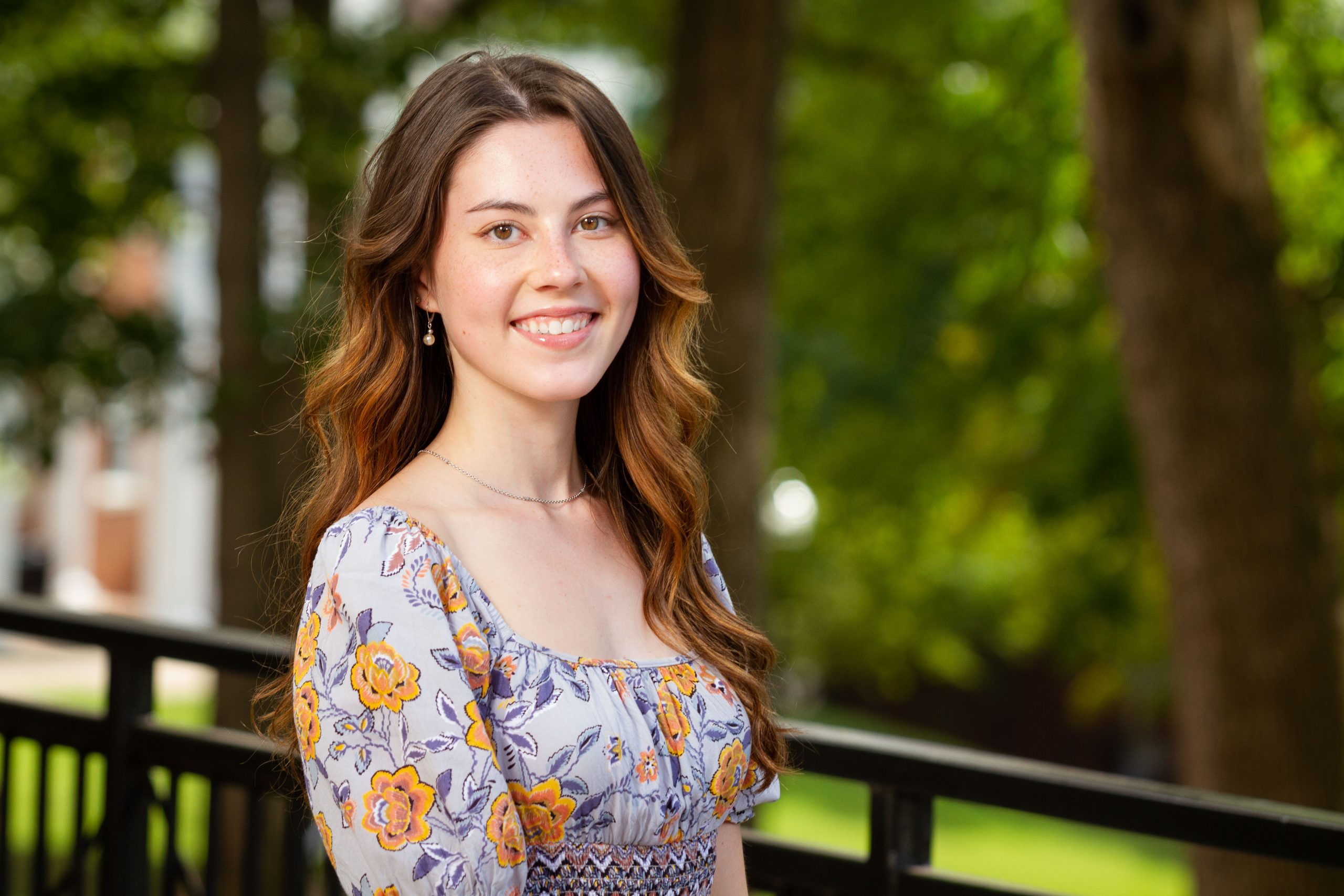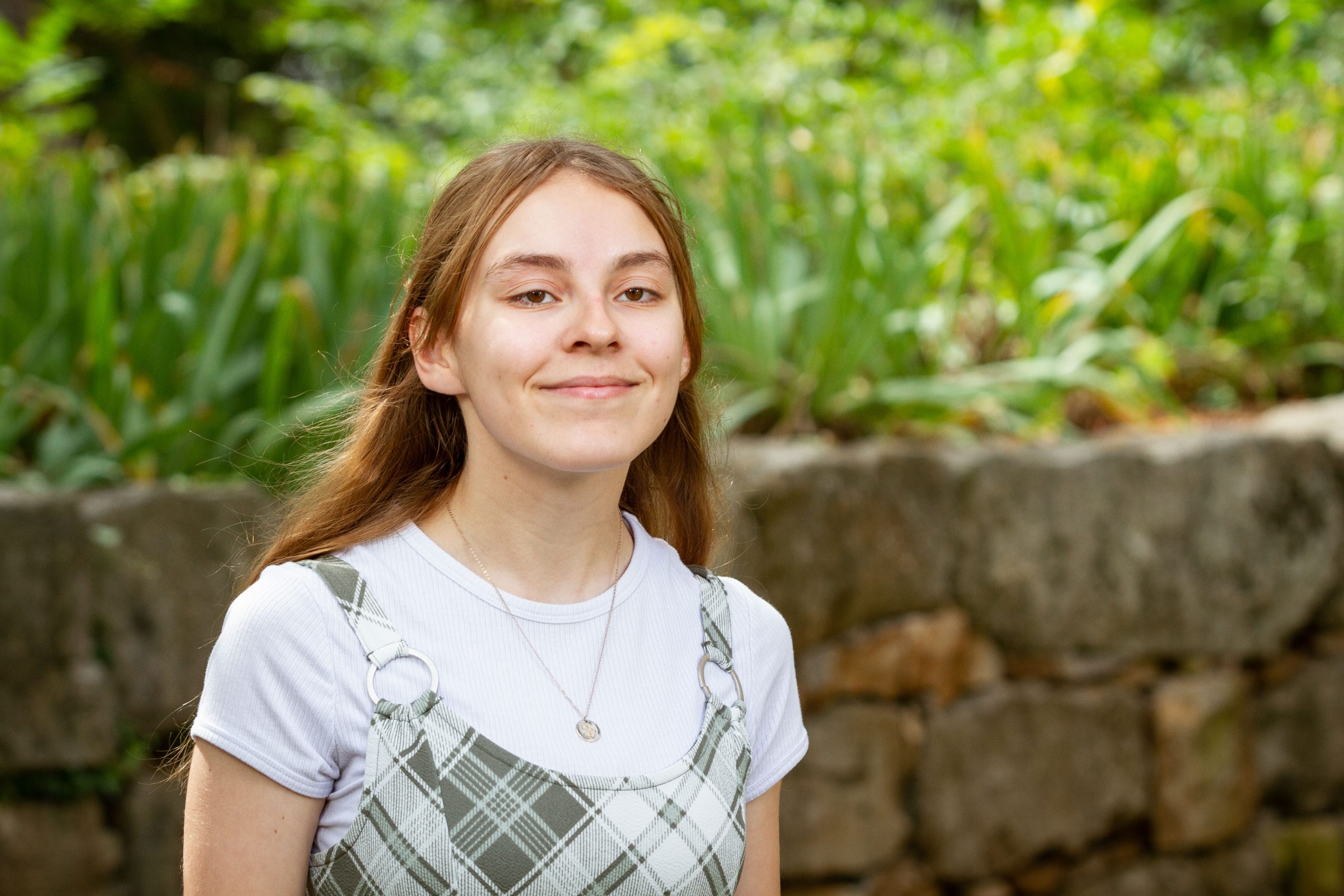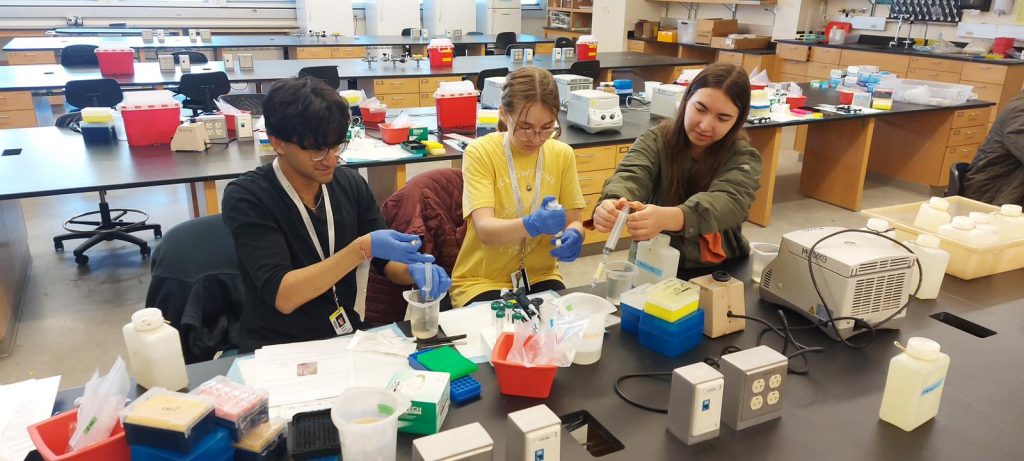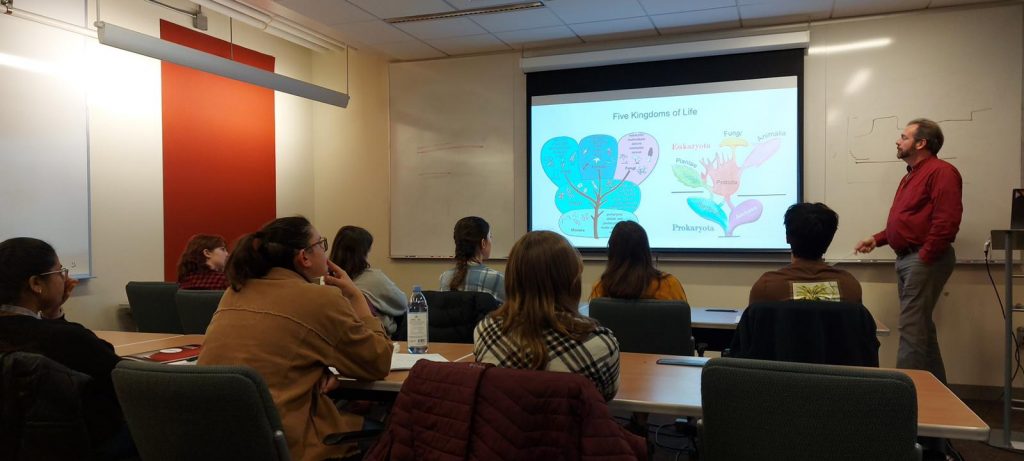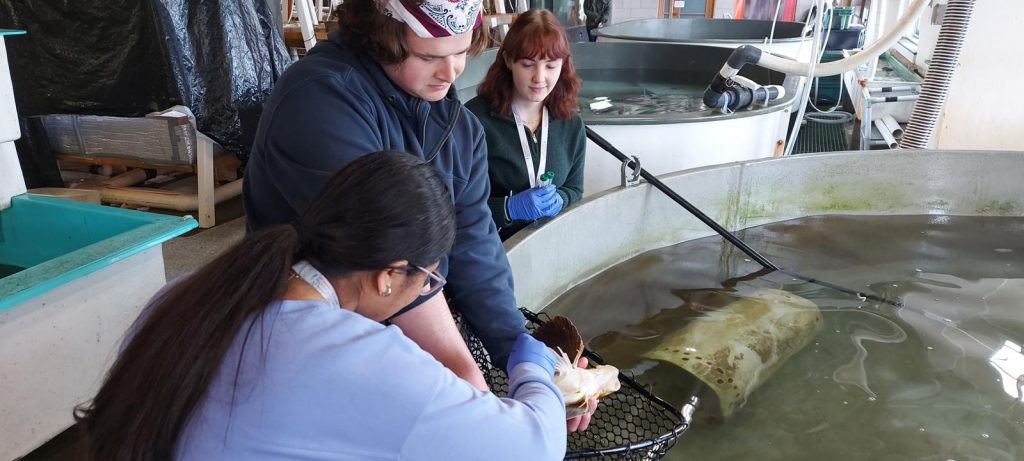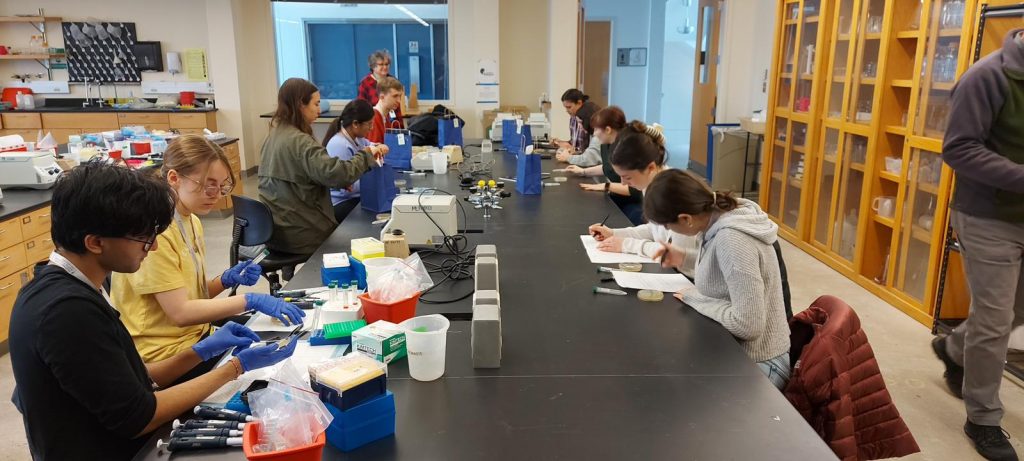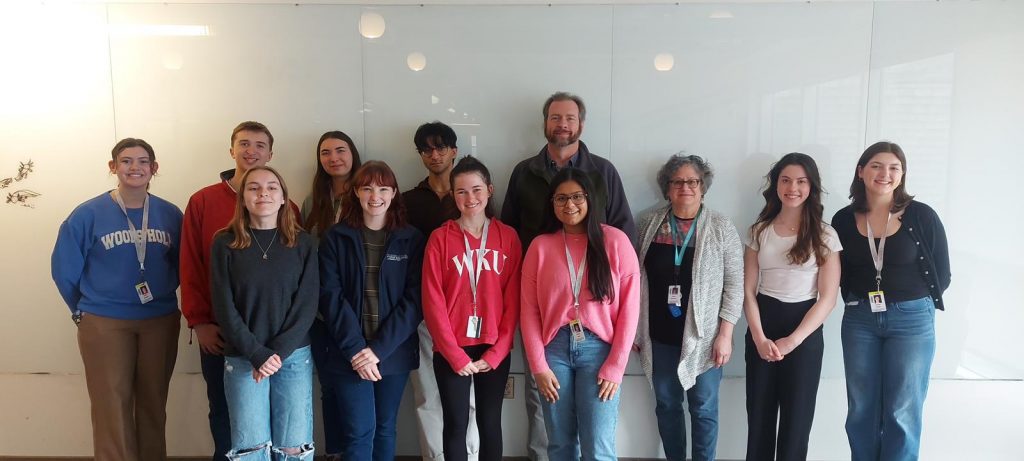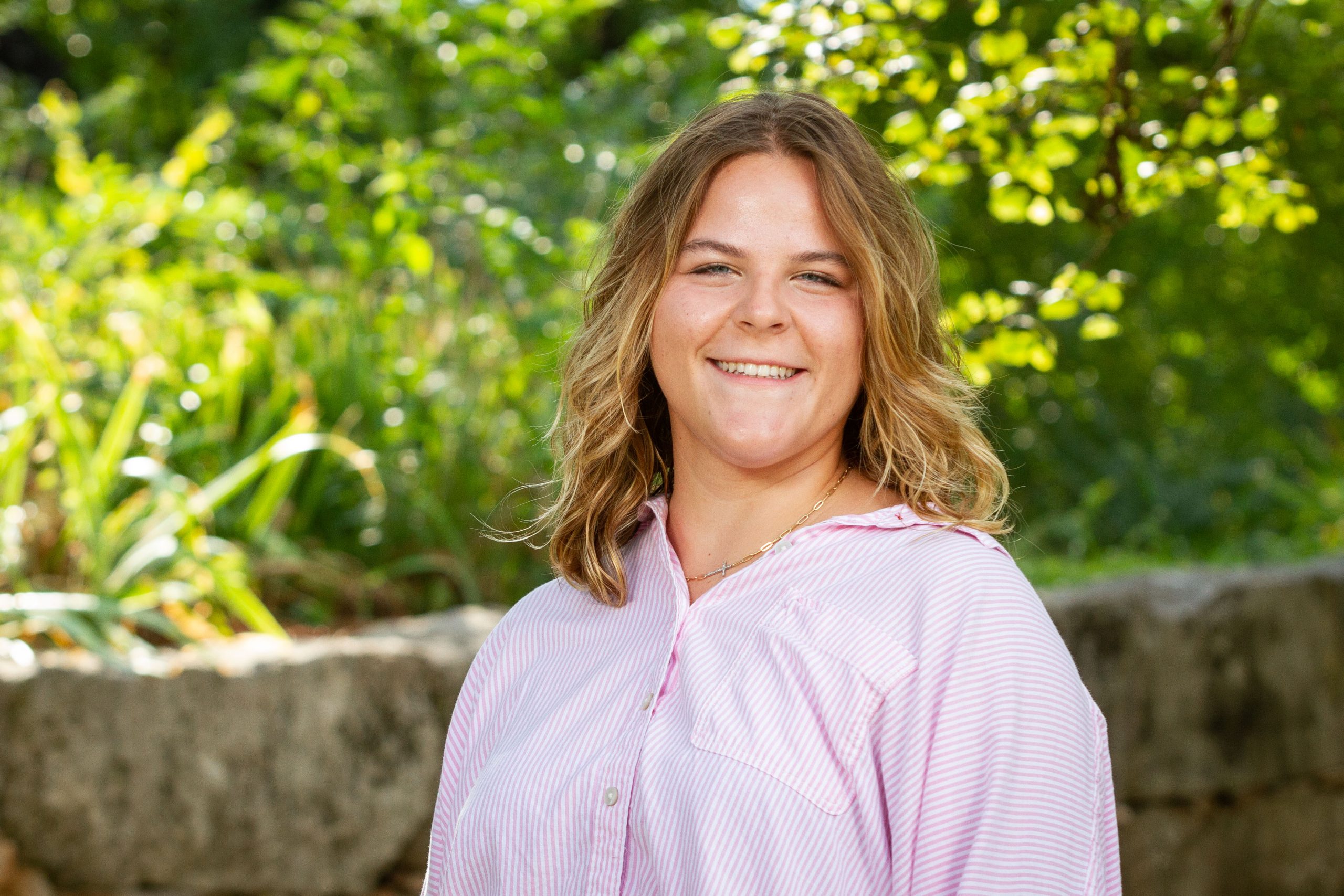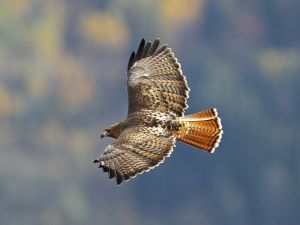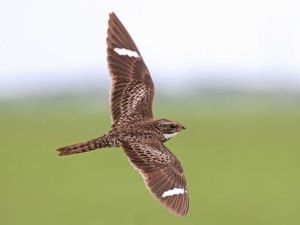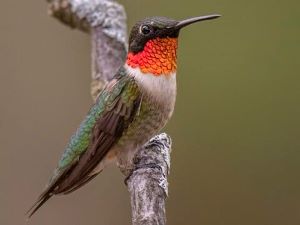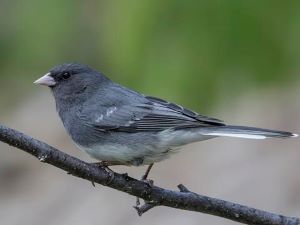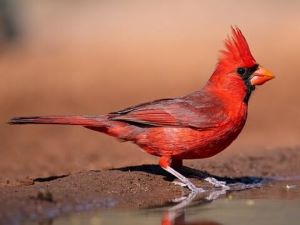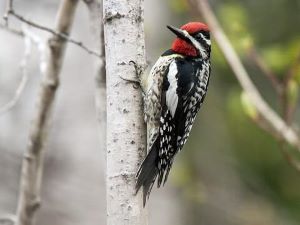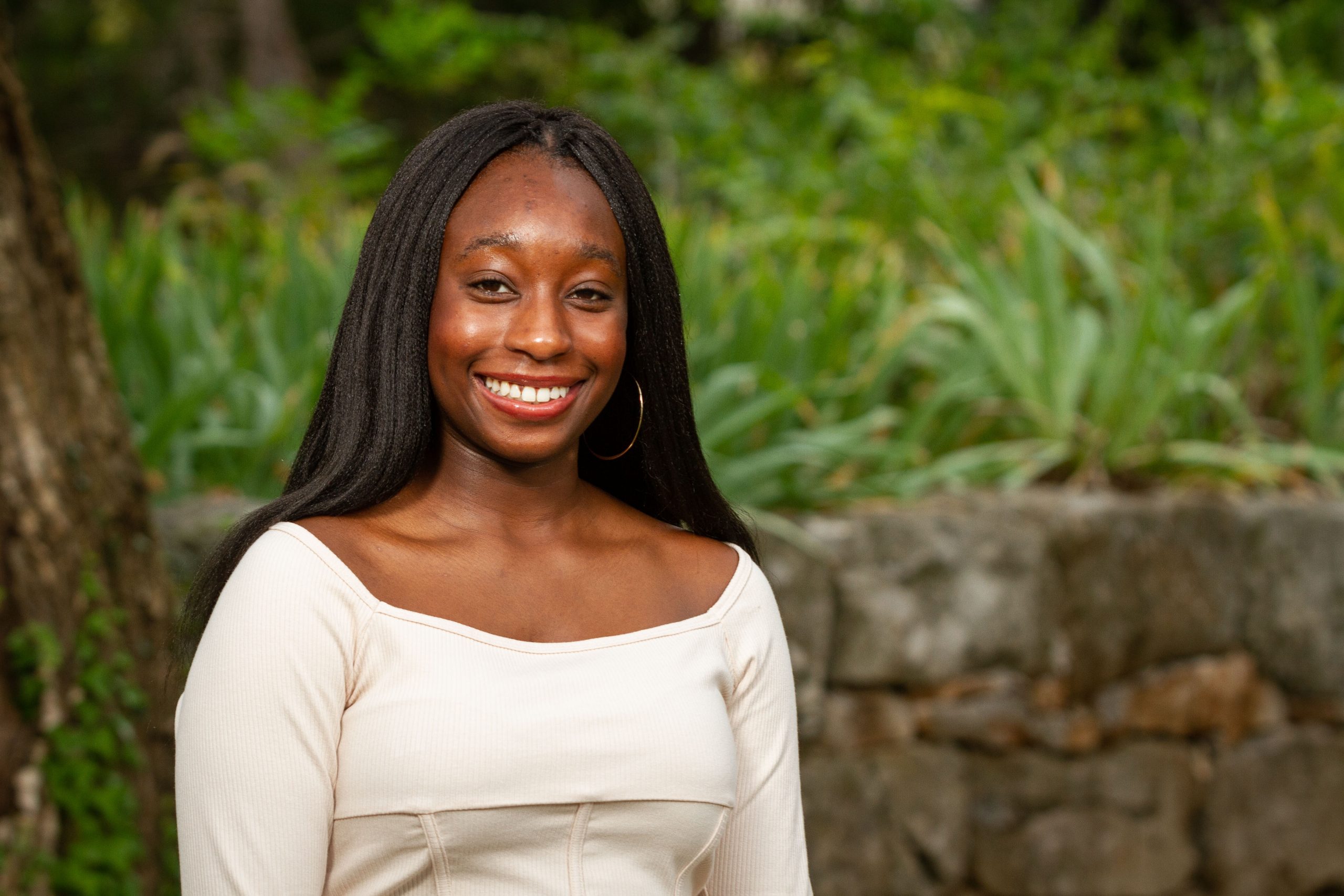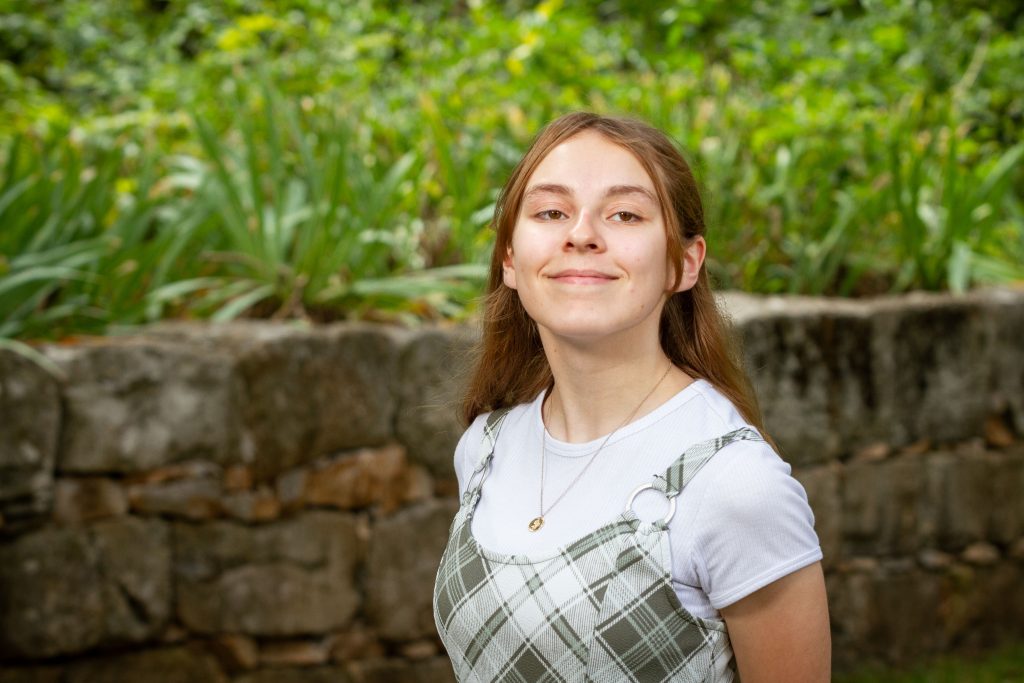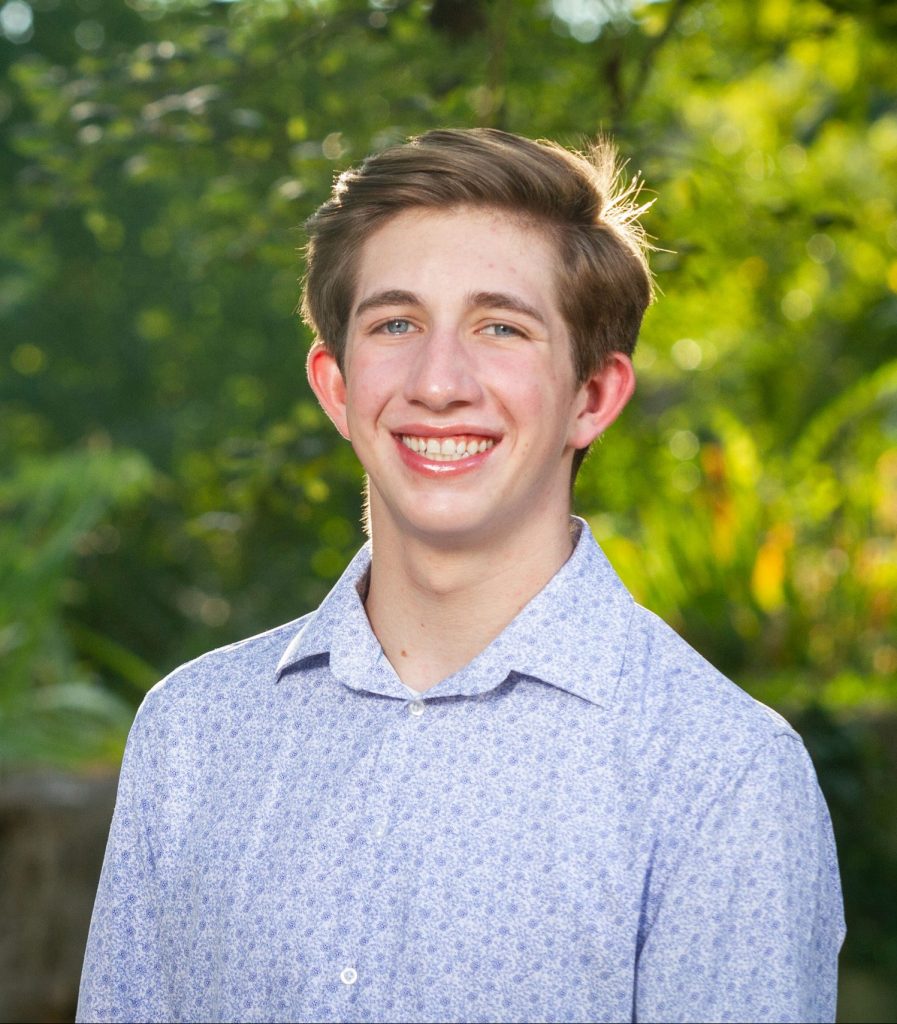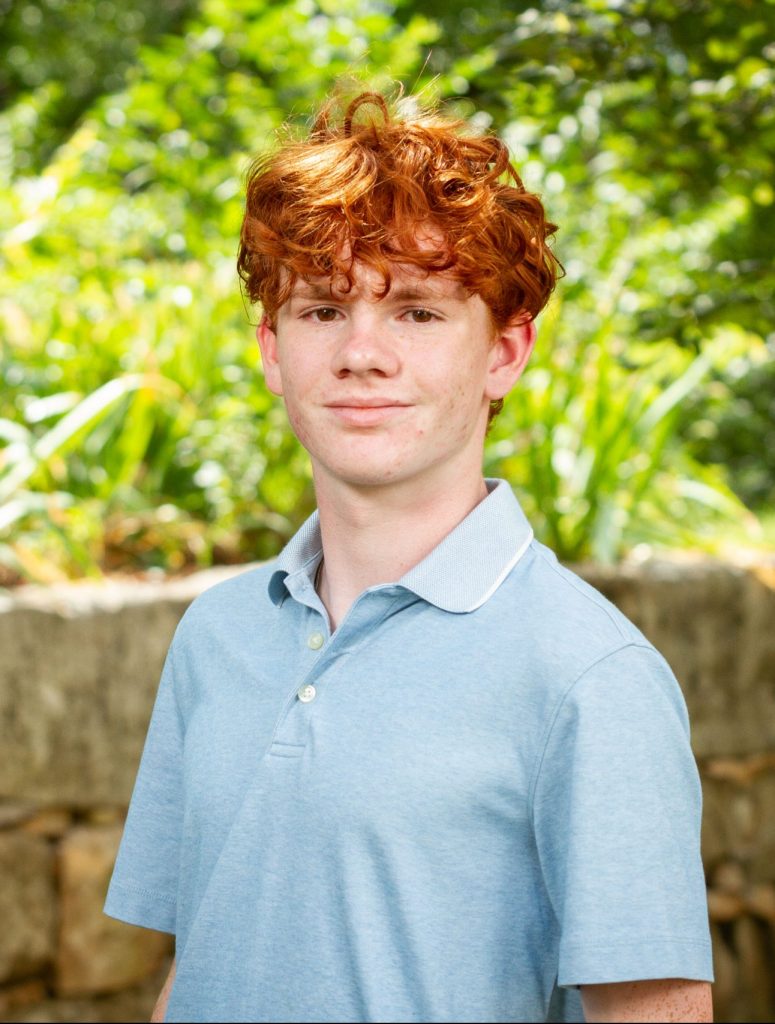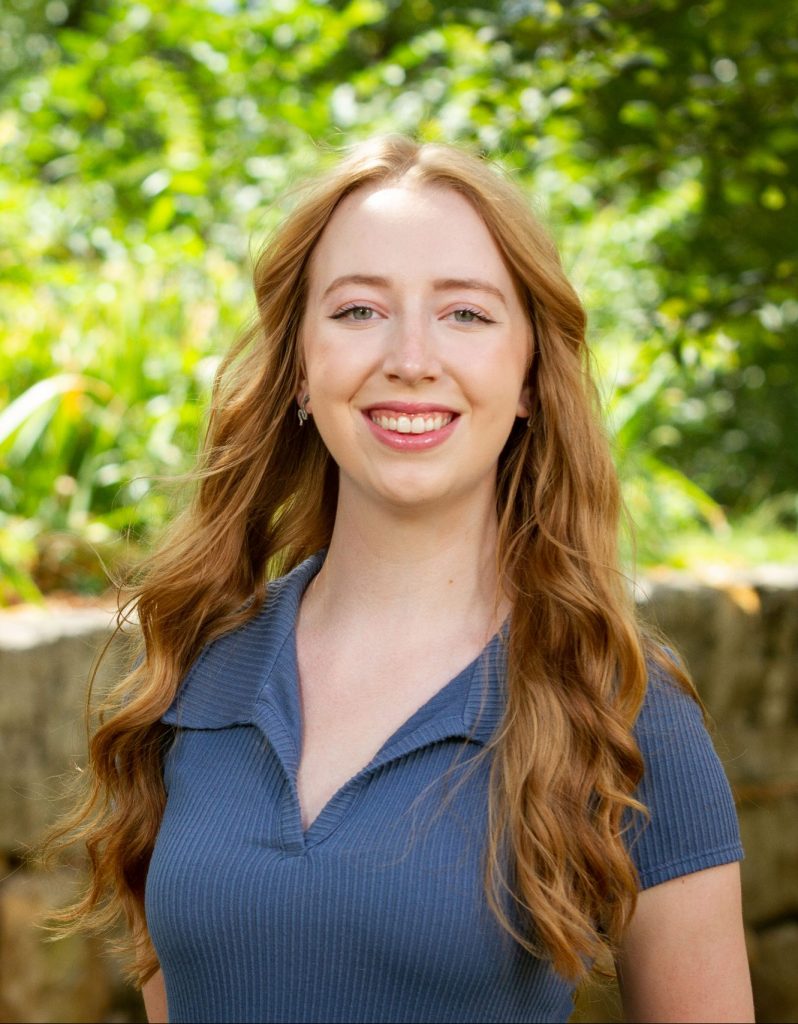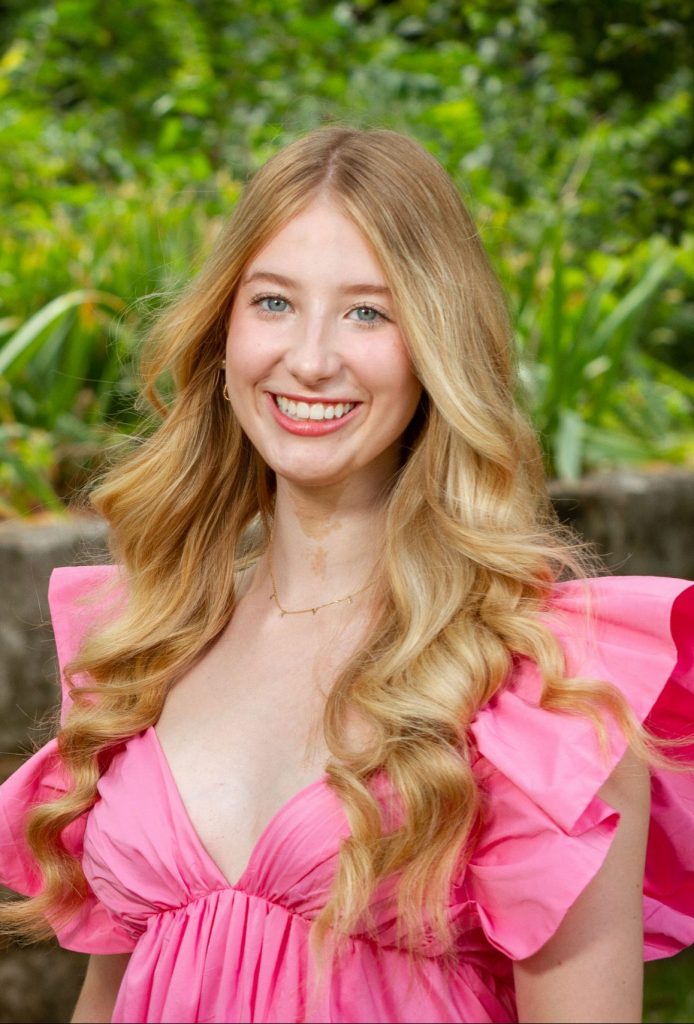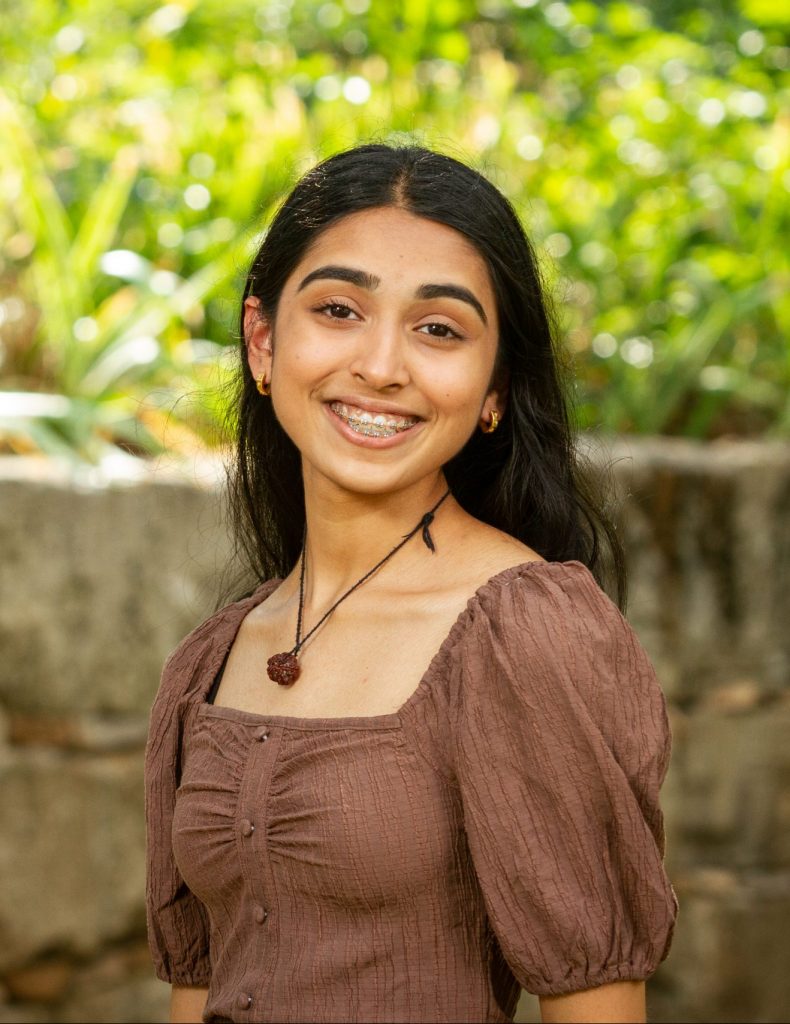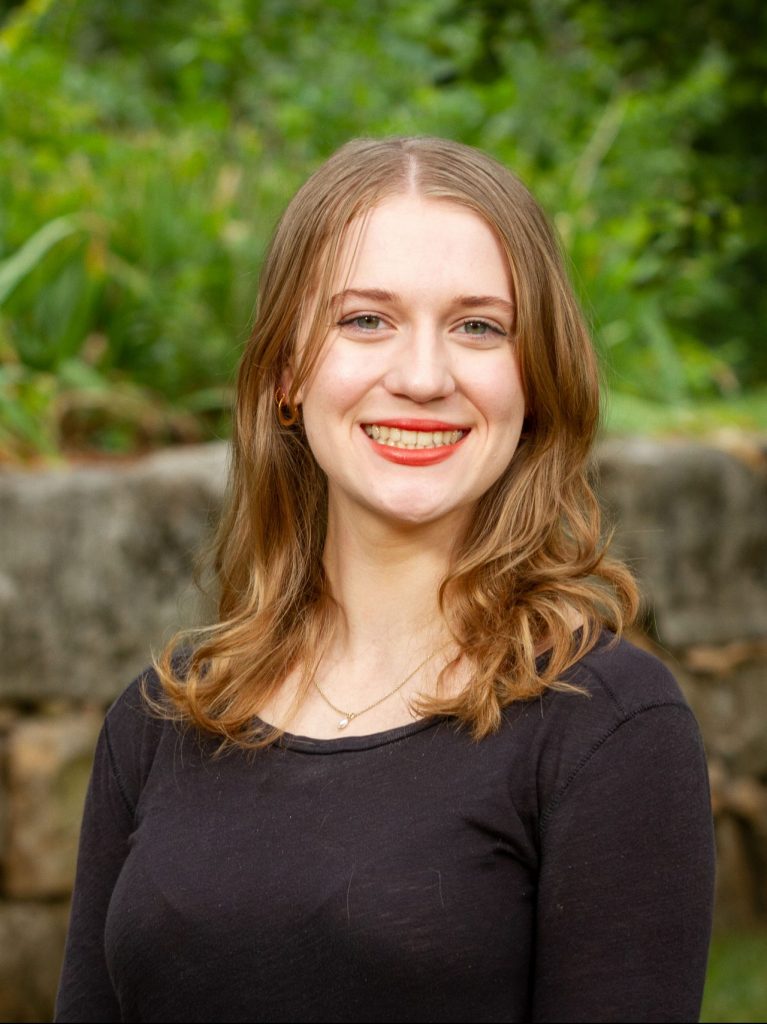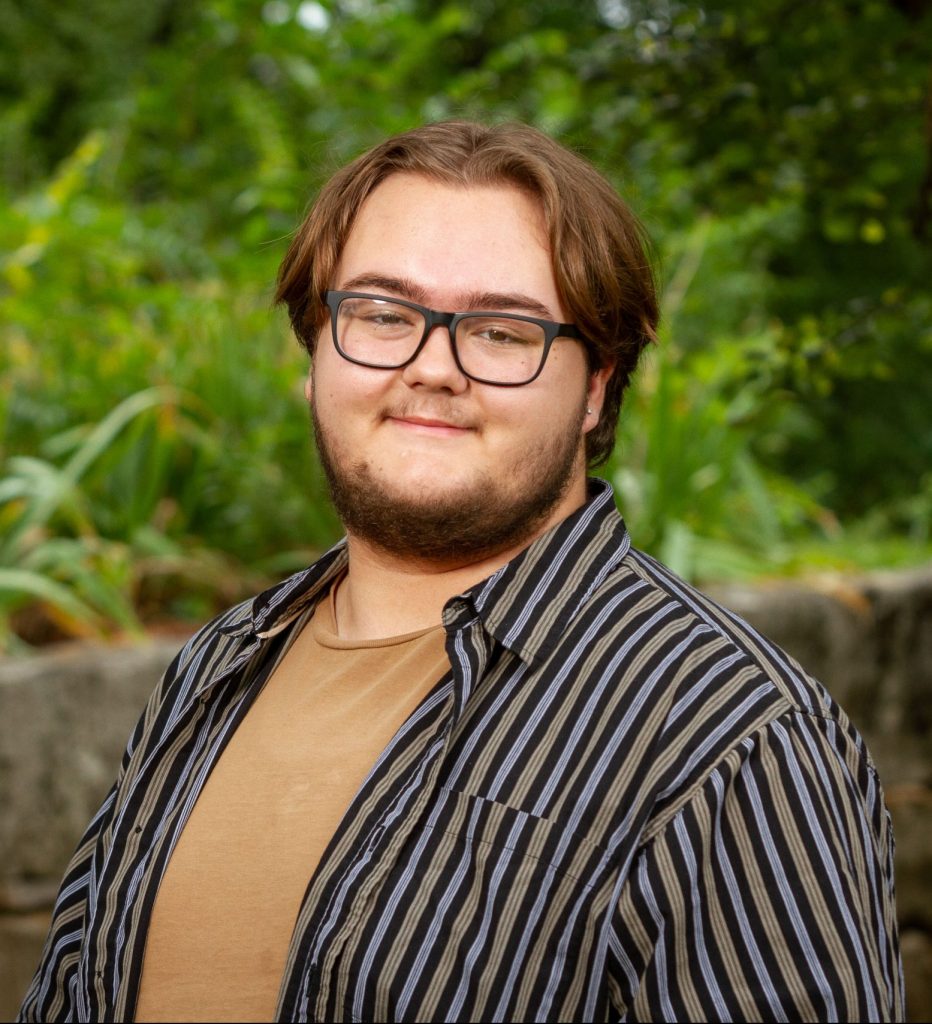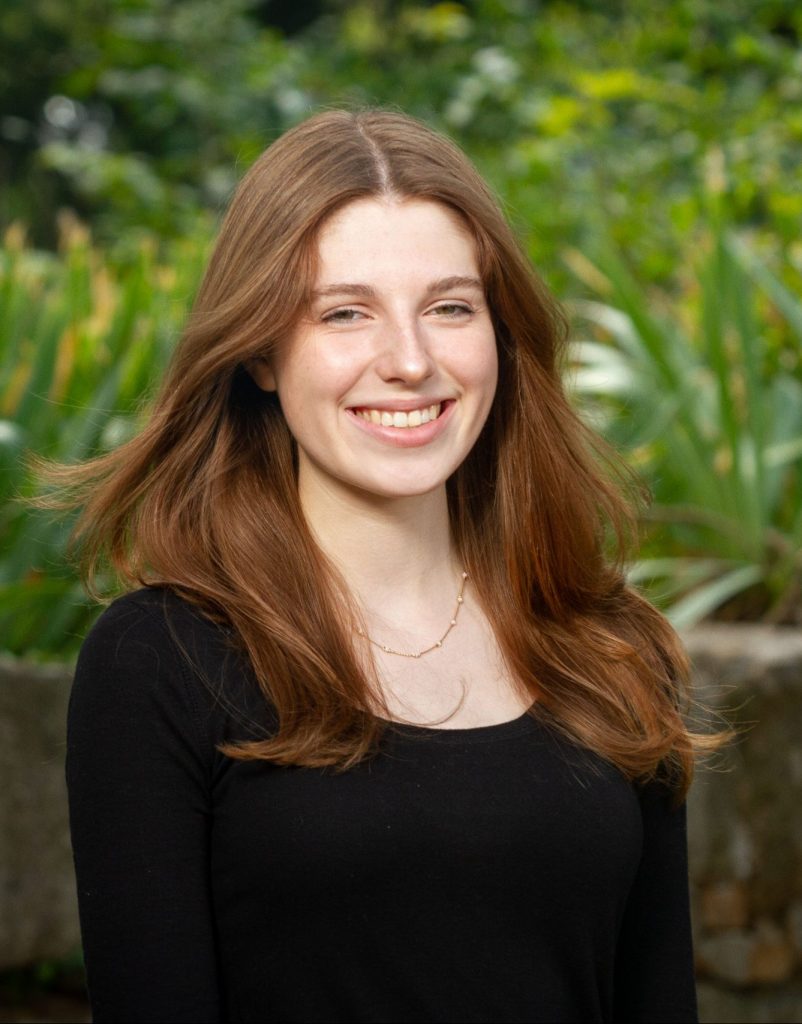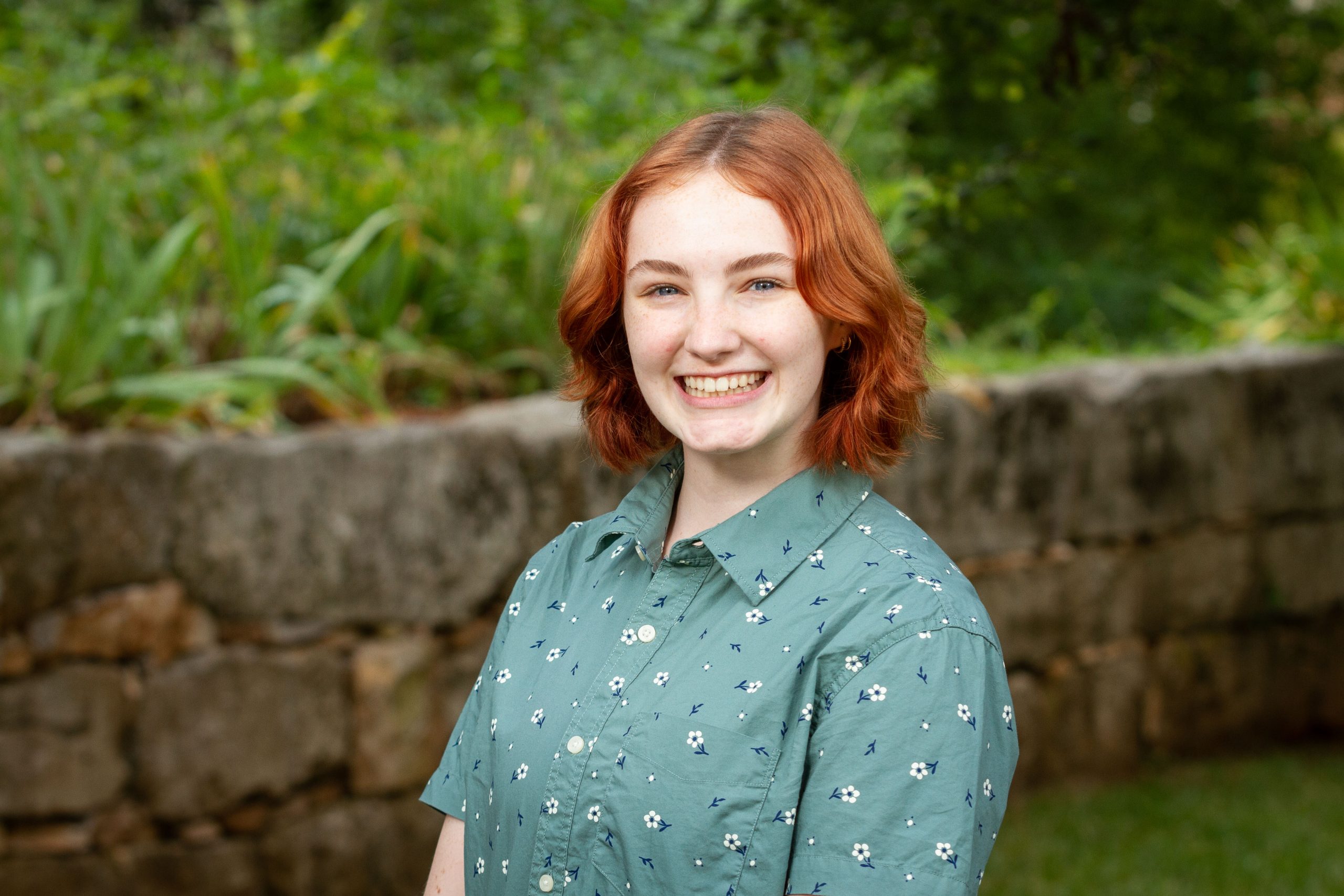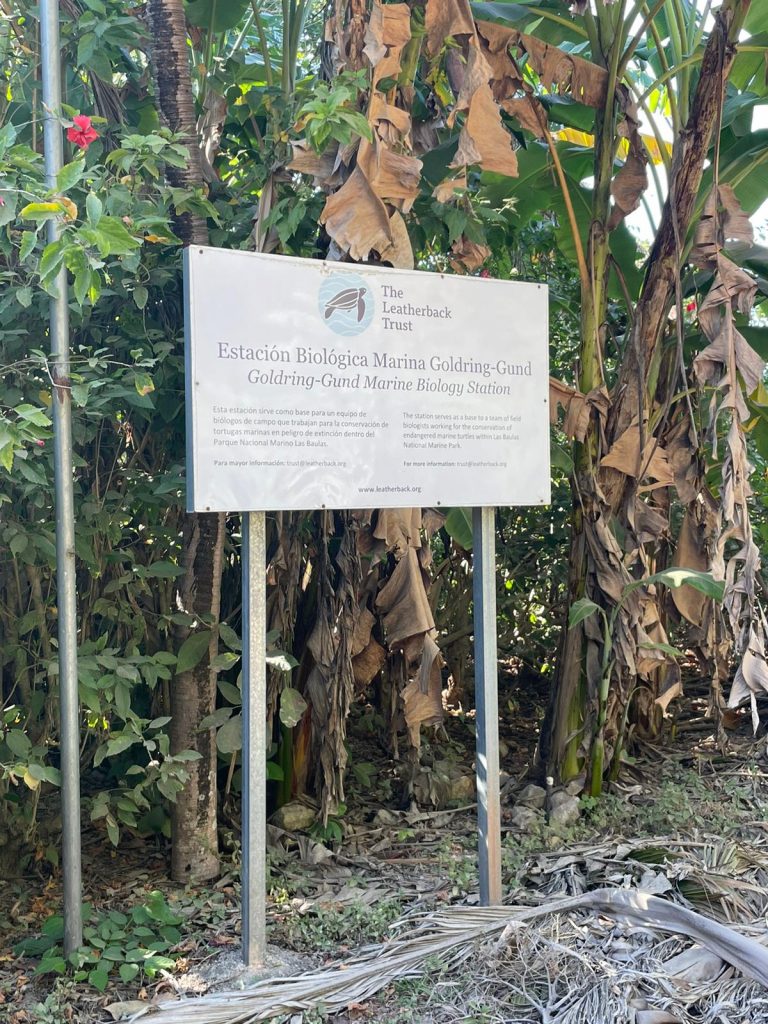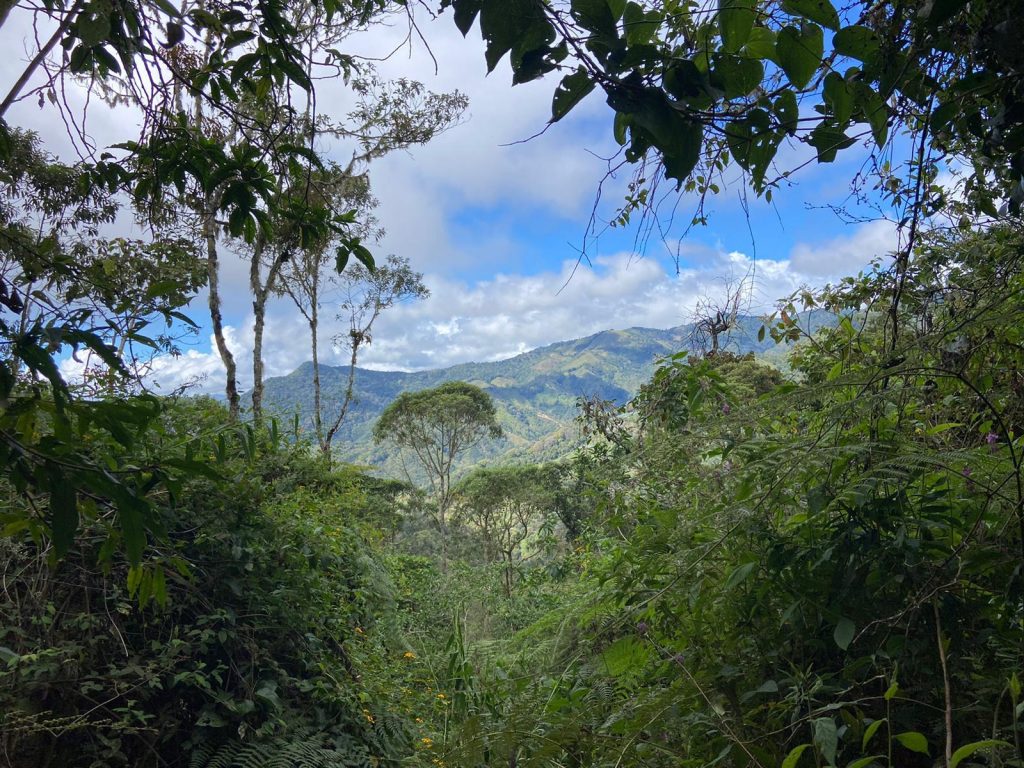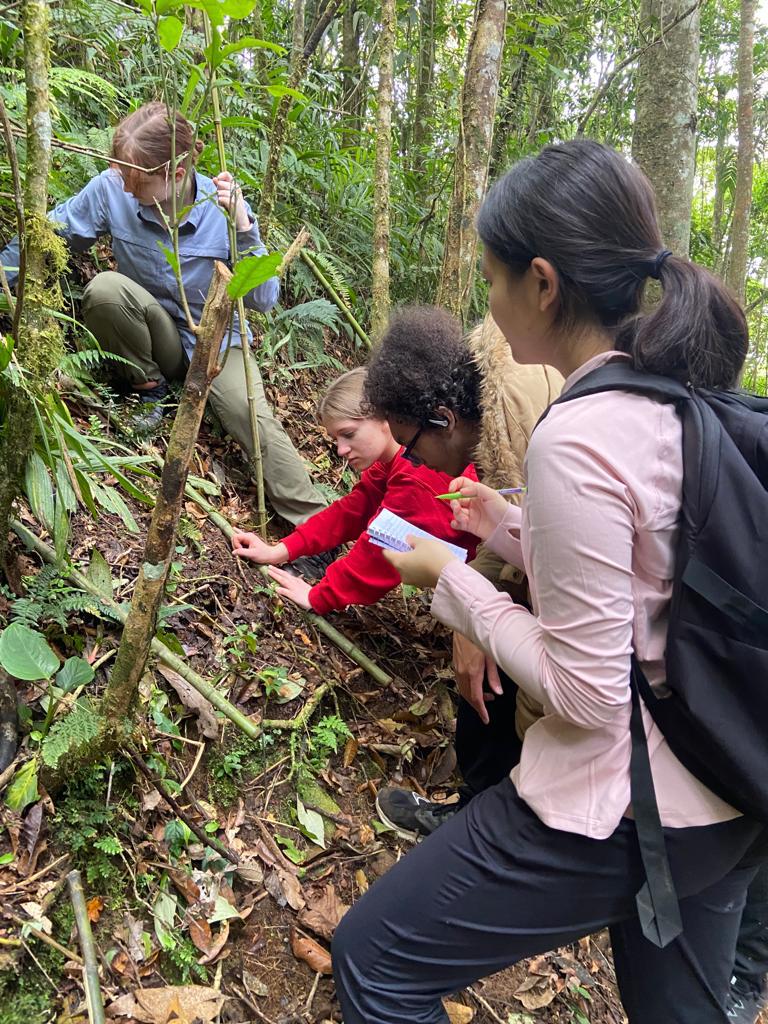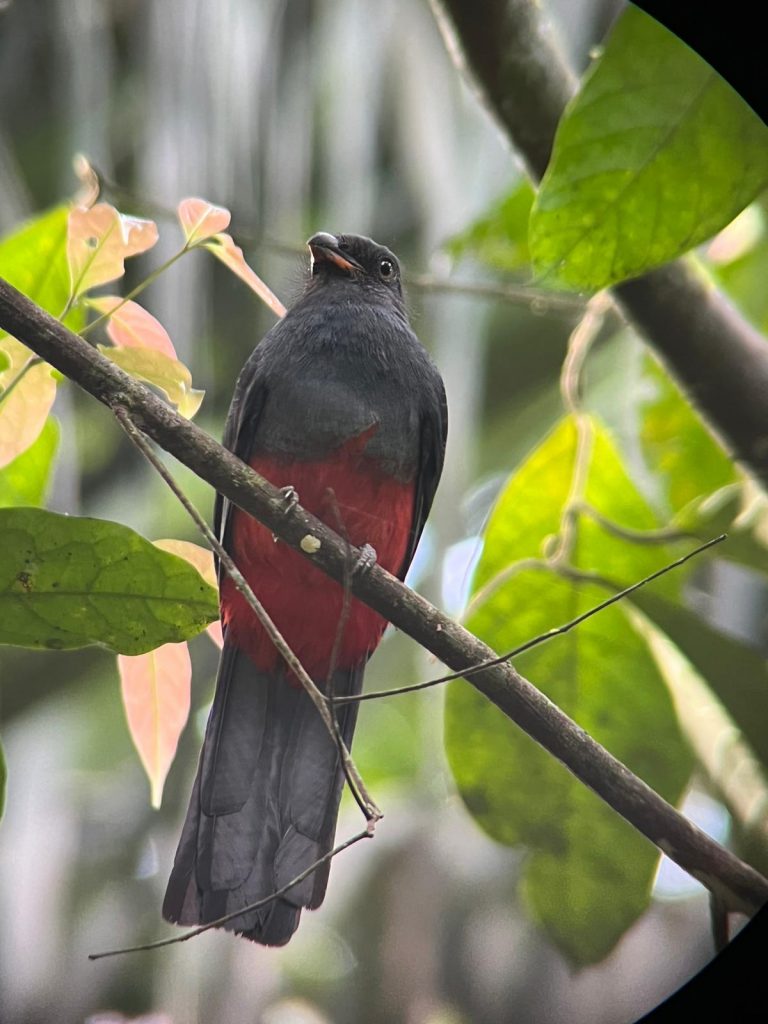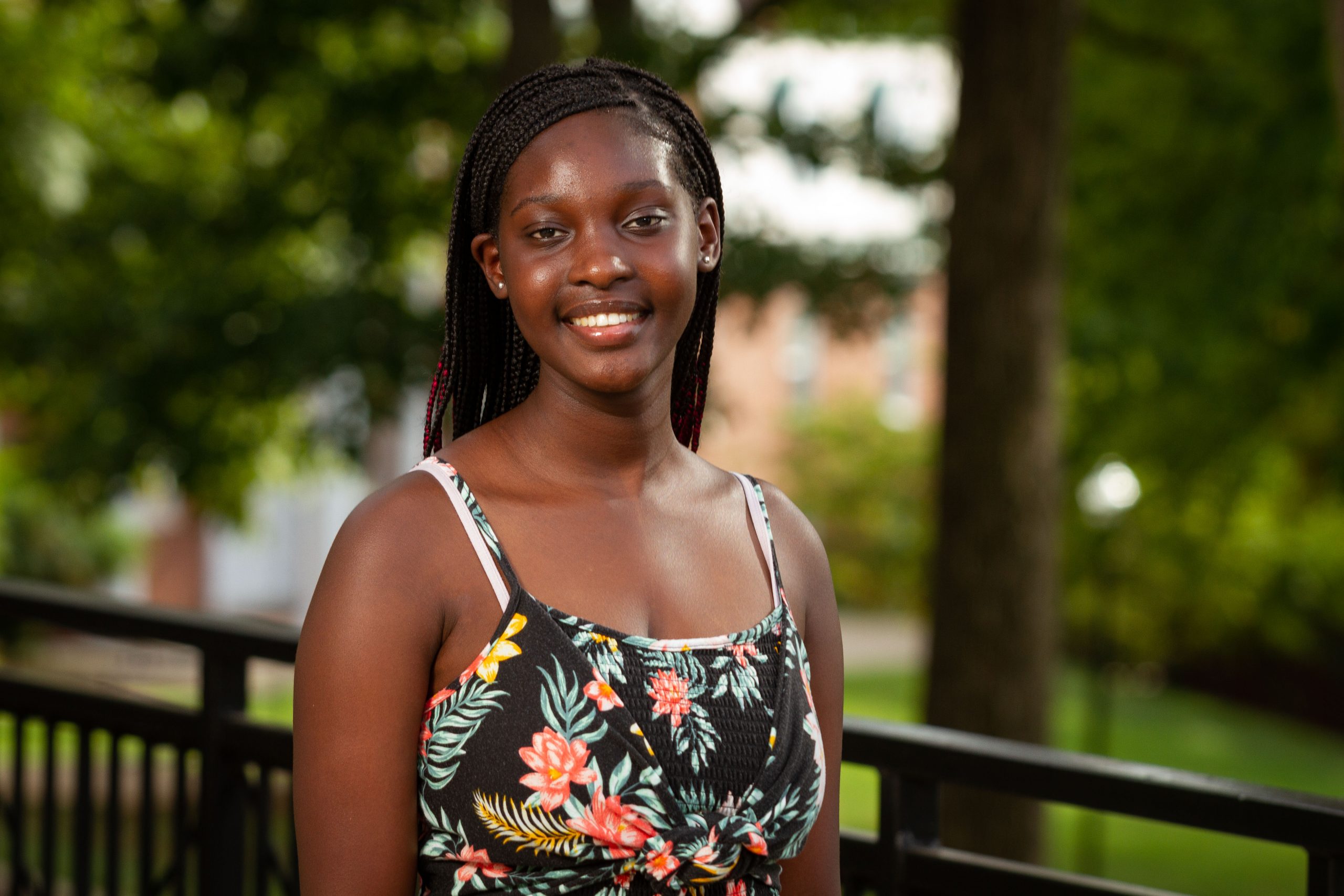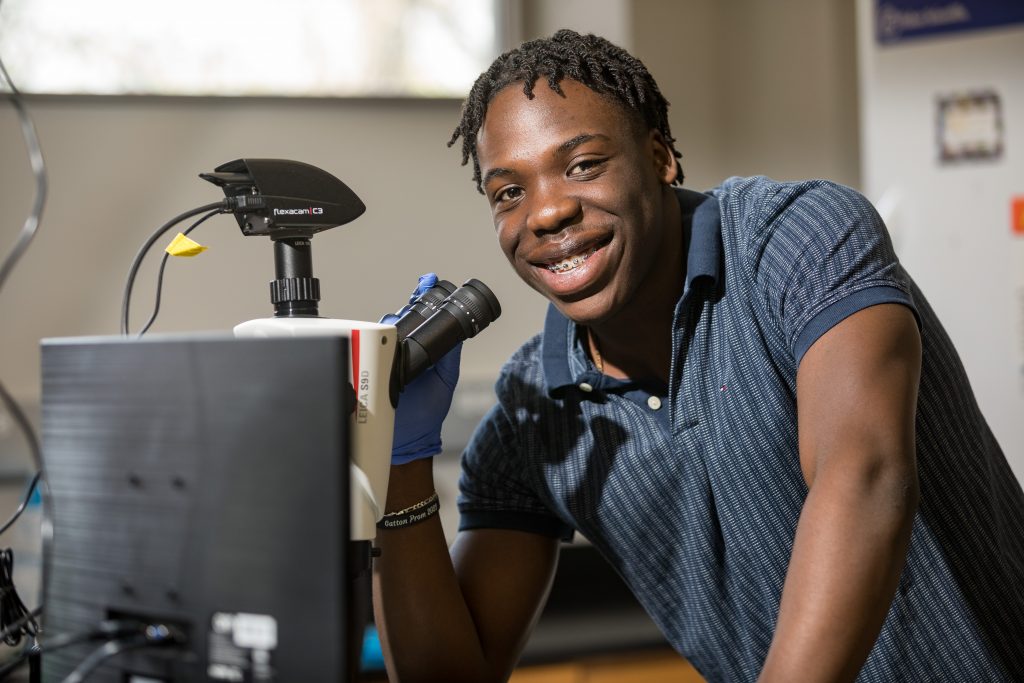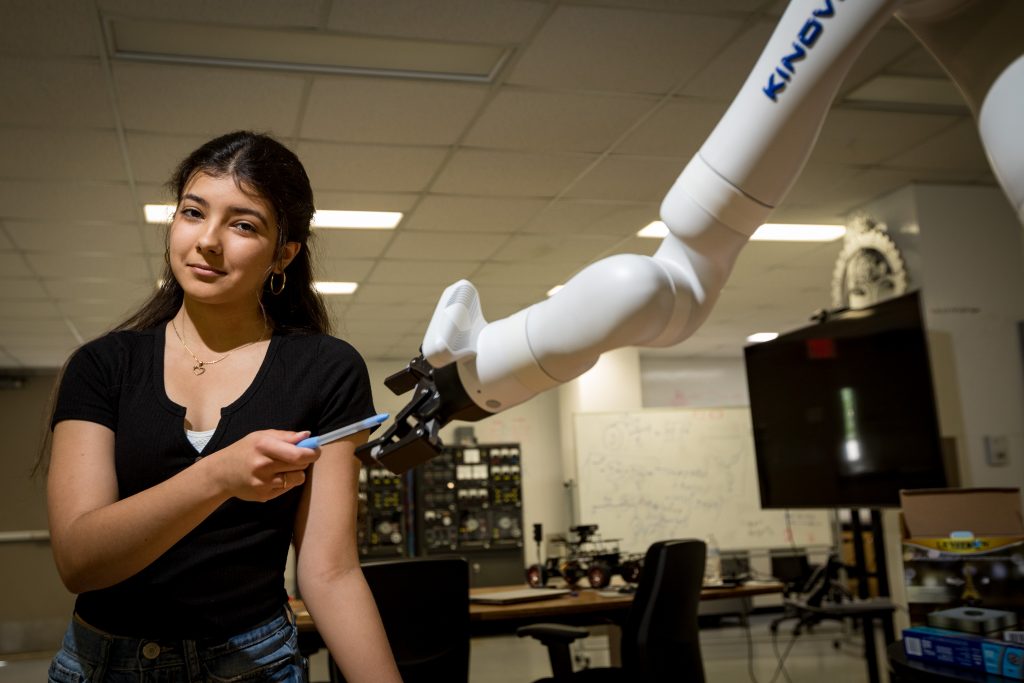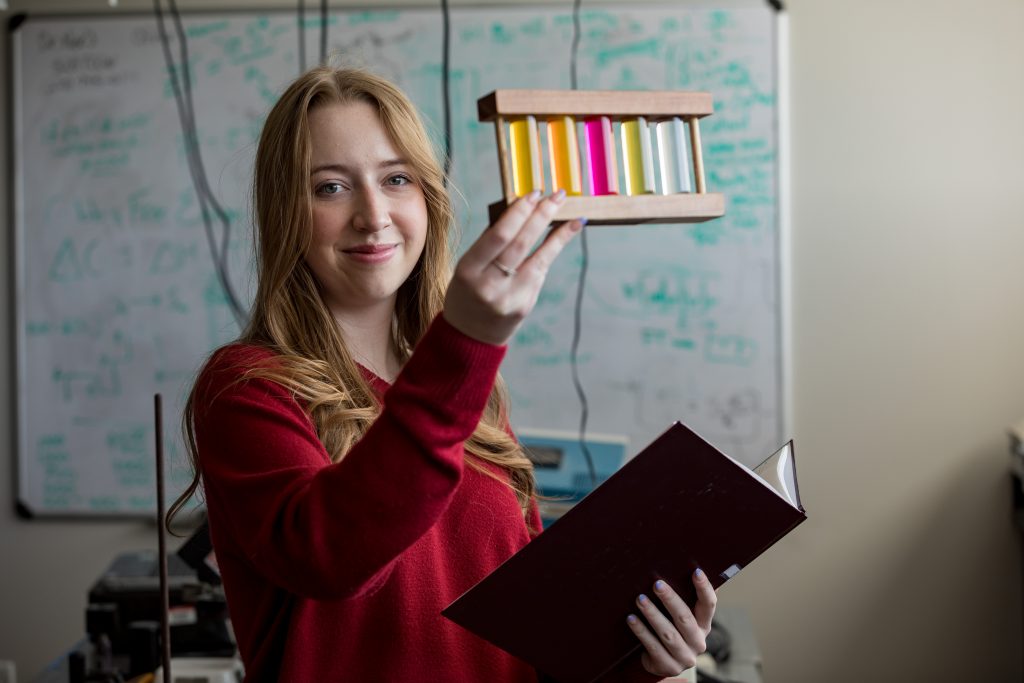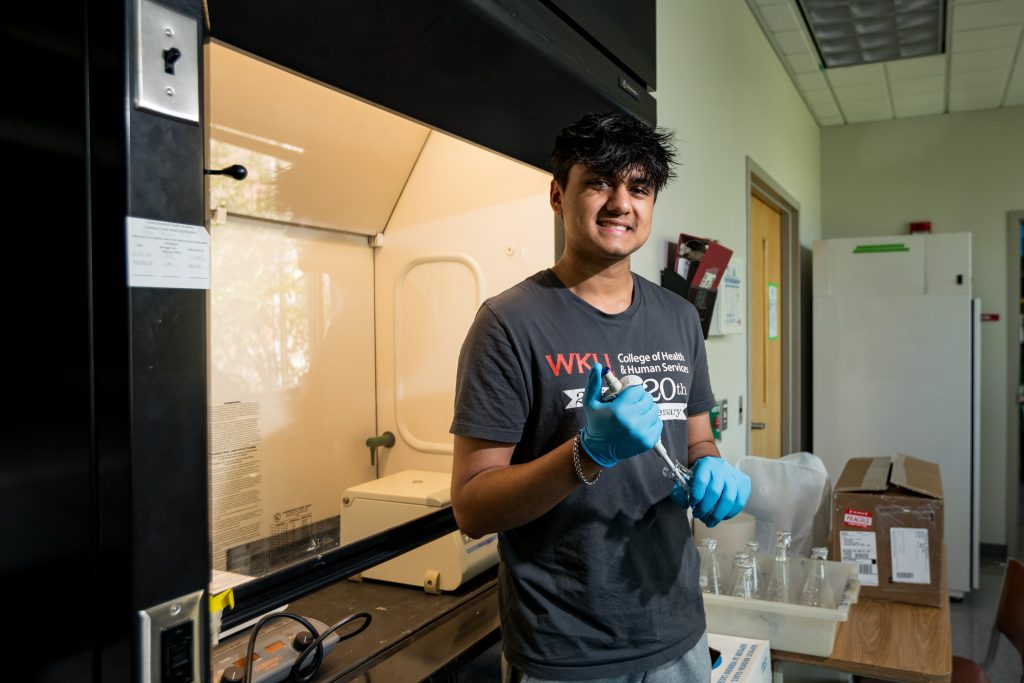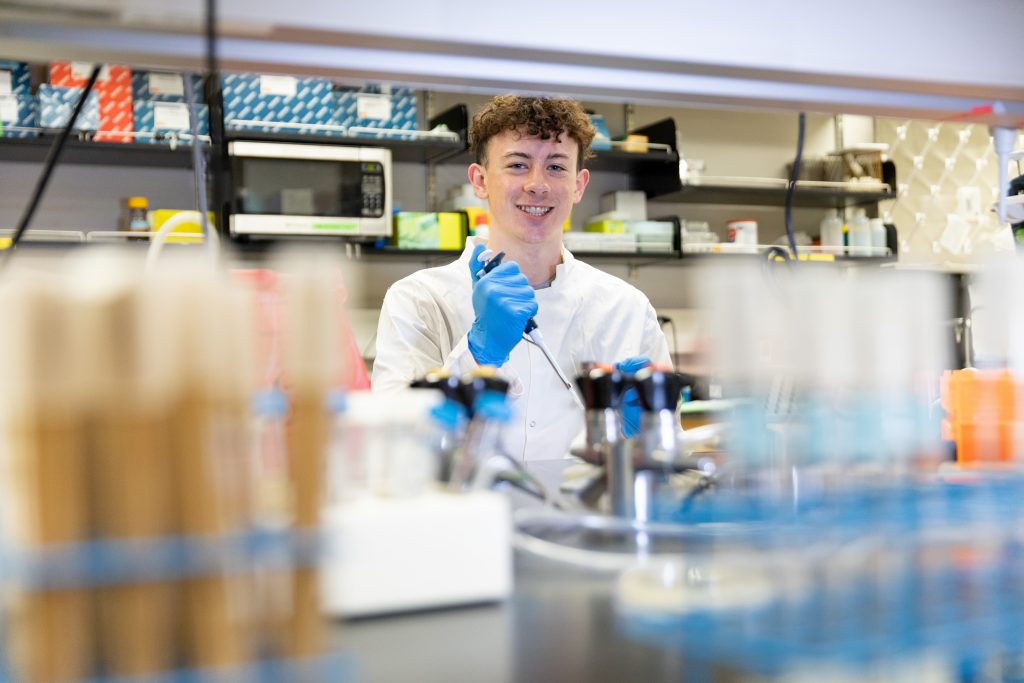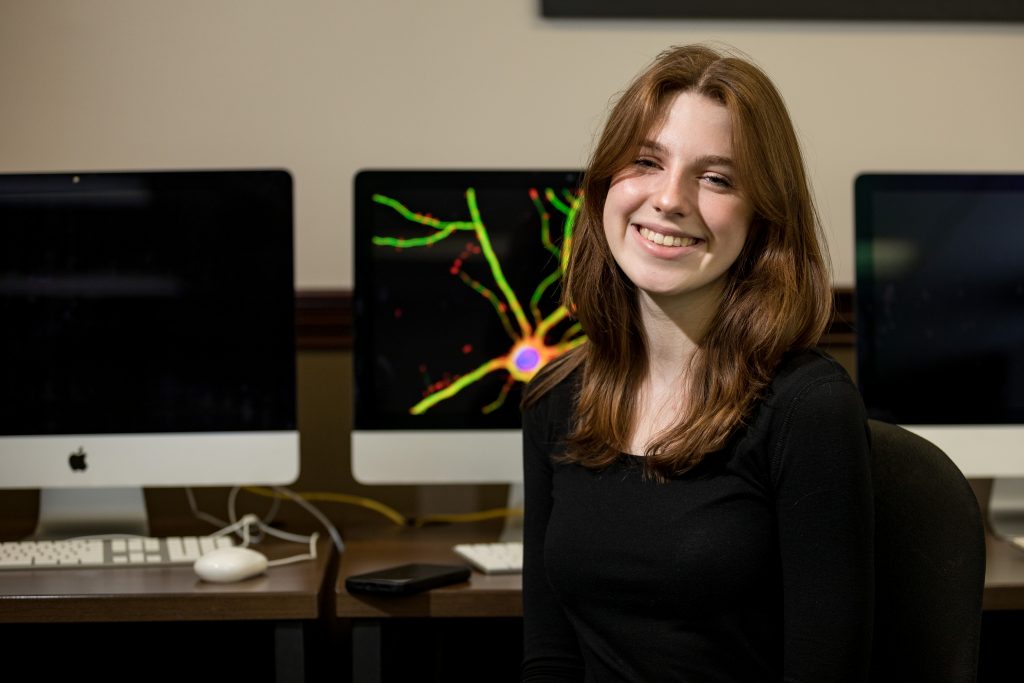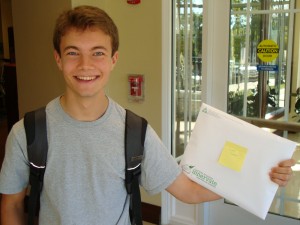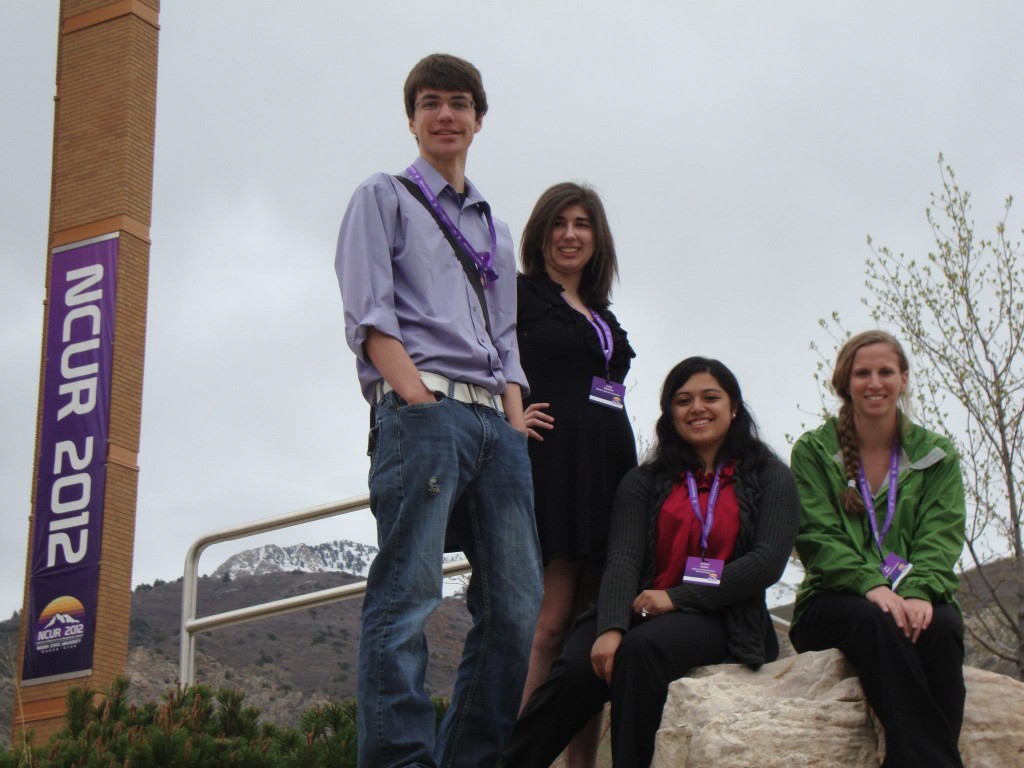Psychology and the Freedom to Explore
January 16, 2025 | Flynn Harris | No Comments
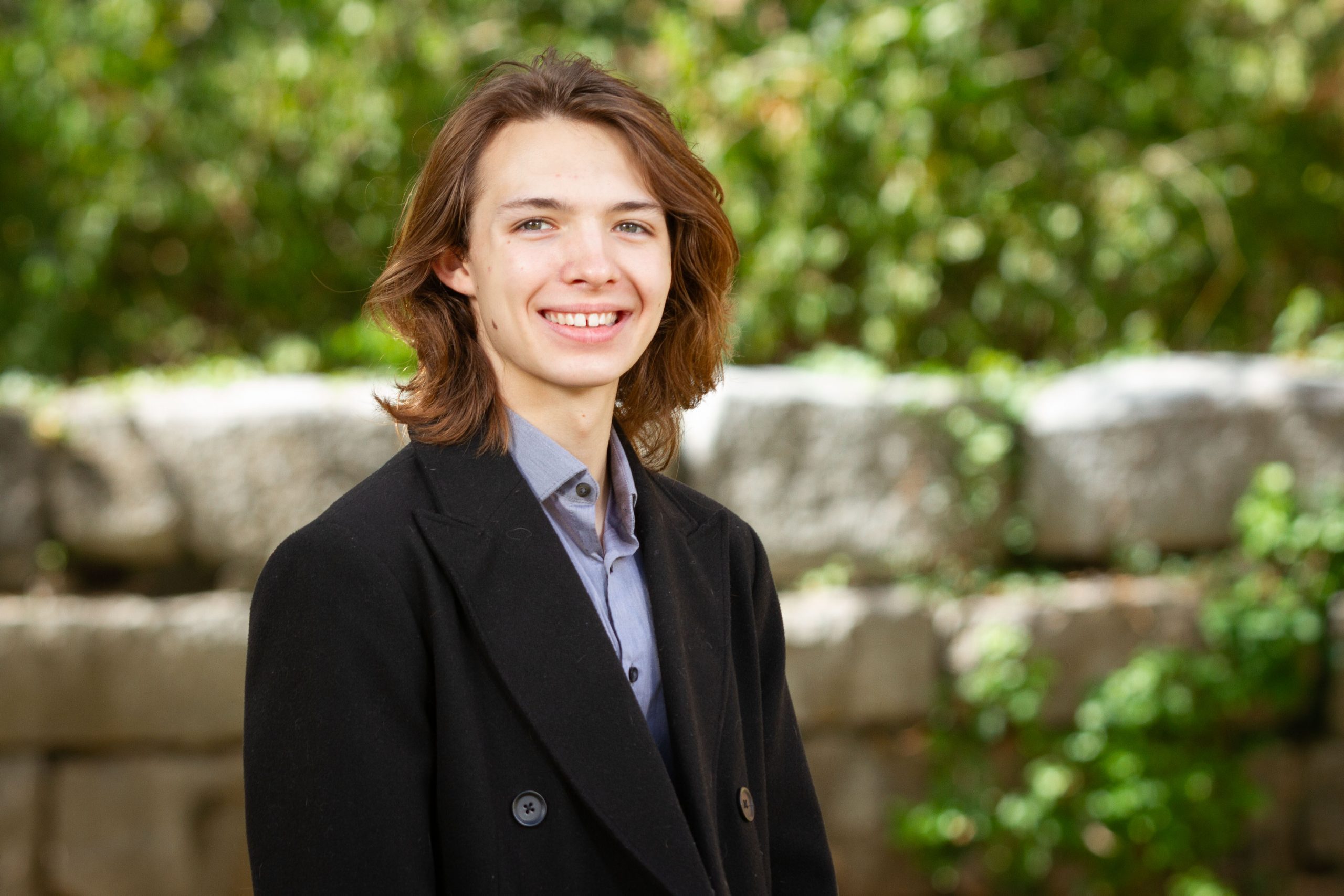
It’s strange now to think how certain I was about computer science coming to Gatton. I remember speaking in length about my plans to change the world during my interview, all of it founded on a future in CS. Now the thought of spending my day behind a computer doing naught but punching out lines of code sounds rather torturous. This change is not through any fault of the computer science field though. I have simply found another, stronger, passion. By happenstance, nonetheless.
Gatton gives you a lot of freedom, especially in the classes you take. While it has its many requirements for graduation, plenty of room is left for students to explore their own interests, whatever those may be. In an average semester, most students take about 16 credit hours, which usually comes out to about five classes. With Gatton only having about 11 required classes, some of which can be completed outside of a general semester, that leaves nearly 9 classes for students to choose for themselves. Even this is a generalization though and many people (myself included) find ways to take more than 9 classes of their choosing.
Your first semester is when you have the least freedom. Most juniors can expect to have similar schedules during this time, with the biggest difference usually being which elective you’re enrolled in. My first semester was the same, with my elective being an introductory psychology course. While I got some say in what course I would take, I was not the end all be all arbiter at this point, so there was a hefty element of random chance that landed me in that class. Looking back though, it is possibly one of the greatest strokes of luck in my life.
After seeing just the surface of the field that first semester, I was already hooked. I was really captivated after getting accepted to work in a lab researching substance use. A lab that I am now working with to take a research project to a national conference. That first class was all it took for me to leave a passion for CS behind as I dove deeper into my newest love.
Going into the next semester I knew I wanted, no I needed to take another psych class. So I scoured the WKU course catalog, and looked at all the classes being offered in the coming semester that I met the requirements for. Surely enough I settled on one: PSYS 440, Abnormal Psychology. For some reason it was a 400 level course that only required the introductory 100 level course to take. After our schedules had been placed and confirmed, I was counting the days until I got to start that class.
And in time that day came. The start of my second semester at Gatton and I was already taking a 400 level course. It was something of a badge of honor for me, a point of pride that I wore on my sleeve. Sure enough, it was an amazing class, in no small part because of the professor. What was really beautiful to me was not the class, but the freedom of choice. The freedom to explore and the opportunity to find a passion I never knew I had.
It’s something that I’ve continued through my time here at Gatton as well. In this – my third semester – I’m taking a psychology course on suicide and self-harm, and in the semester to come I’m scheduled for four different psychology courses.
To be fully honest, one of the greatest parts about Gatton for me has been its freedom of choice. The opportunity and encouragement it gives you to explore things you might never have chosen on your own. For me that was psych, but for many it’s other subjects from biology or chemistry to sculpture or choir. Sure, Gatton is a program for high school students. It has rules and requirements, but it’s also a special place where people get to be more than they could have been back home. A place with more opportunity. A place with the freedom to be creative and curious.
